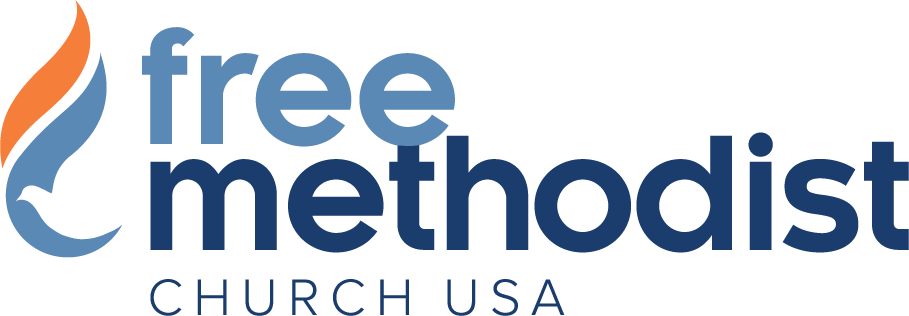pension/retirement
Defined Benefit Pension Plan
Defined Benefit Pension Plan Click Here
Pastor’s Compensation reporting Click Here
Pension Plan Changes as of January 1, 2015 Click Here
Pension Plan Changes as of January 1, 2018 Click Here
Plan Summary Click Here
Plan Summary – Spanish Click Here
Plan Summary -Swahili Click Here
Pre-2015 Benefit Plan Formula Click Here
Retirement Calculations Click Here
Understanding Defined Benefit 2018 Changes Click Here
Defined Benefit Pension Contributions Click Here
Eligibility Information Click Here
Financial Planning Click Here
Investment returns Click Here
Social Security Click Here
PENSION PLAN FORMS
Pension Enrollment Click Here
Change of Status Nyhart-Church Only Click Here
Change of Status Wufoo-Pastor/Local Church Click Here
Retirement Application Click Here
Beneficiary Changes – ElectronicClick Here
Beneficiary Changes – pdfClick Here
Direct deposit authorization – Electronic Click Here
Direct deposit authorization – pdf Click Here
Church Pension Contribution Payments – ACH Authorization Click Here
RETIRAL ASSISTANCE
Retiral Assistance – Electronic Click Here
Retiral Assistance – PDFClick Here
HOUSING FORMS
Housing allowance – active ministers Click Here
Housing allowance – retired ministers Click Here
IRS forms
IRS W-4 withholding 2025 Click Here
IRS W4-P pension withholding 2025 Click Here
IRS W-9 request for taxpayer ID Click Here
 To learn more about the FMCUSA PENSION PLAN, click here.
To learn more about the FMCUSA PENSION PLAN, click here.
Since 1969 the Free Methodist Church has provided a pension plan for pastors, superintendents, conference personnel, and World Ministries Center employees.
This plan was created for the exclusive benefit of church-related workers and their beneficiaries and is designed to help participants gradually build up a secure source of retirement income.
The denomination first administered the Defined Contribution Plan in 1969 and the plan was frozen as of 1980. The existing accounts were maintained and benefits were paid for those who had accrued a benefit. As of 9/30/2019, this plan was closed and all remaining participants have been paid out.
The current pension plan began in 1981 and is called the Defined Benefit Plan. All new eligible participants who serve in the United States are enrolled into this plan.
Administration of both plans is the responsibility of the Benefits Committee, which in turn reports to the FMC-USA Board of Administration, which governs the plans. It is the goal of the Benefits Committee to keep in mind participants’ best interests and to continually improve the current plan’s benefits, as funds allow, for those who have served the denomination during their working years.
The day-to-day management of the plans is handled by the Human Resources office at the World Ministries Center. Mark Dowley, Chief Operating Officer of FMC-USA, along with staff members , Debbie Jenkins, Lori Sherwood, Human Resources assistants, are available to help participants with whatever their needs may be.
The Nyhart of Indianapolis, IN, serves as the actuary for both plans. The actuary continually reviews the plans to determine funding assumptions and maintains all existing and future benefits.
FM Financial handles the investments for the pension plans. Their board of directors manages and supervises all investments based on the investment objectives set forth for the funds.
Also provided by the denomination, for anyone who is a participant in either pension plan, is the opportunity to receive a comprehensive Financial Profile at no cost to the participant. The Human Resources office is working along with Guidestream Financial., a subsidiary of the FM Financial, to help develop personalized profiles. The Financial Profile addresses specific questions or concerns participants may have about their finances. This service is provided for participants, no matter what their stage of life or financial situation, to help guide them in considering financial and retirement planning, insurance needs, education funding, investment allocation, and estate planning.
